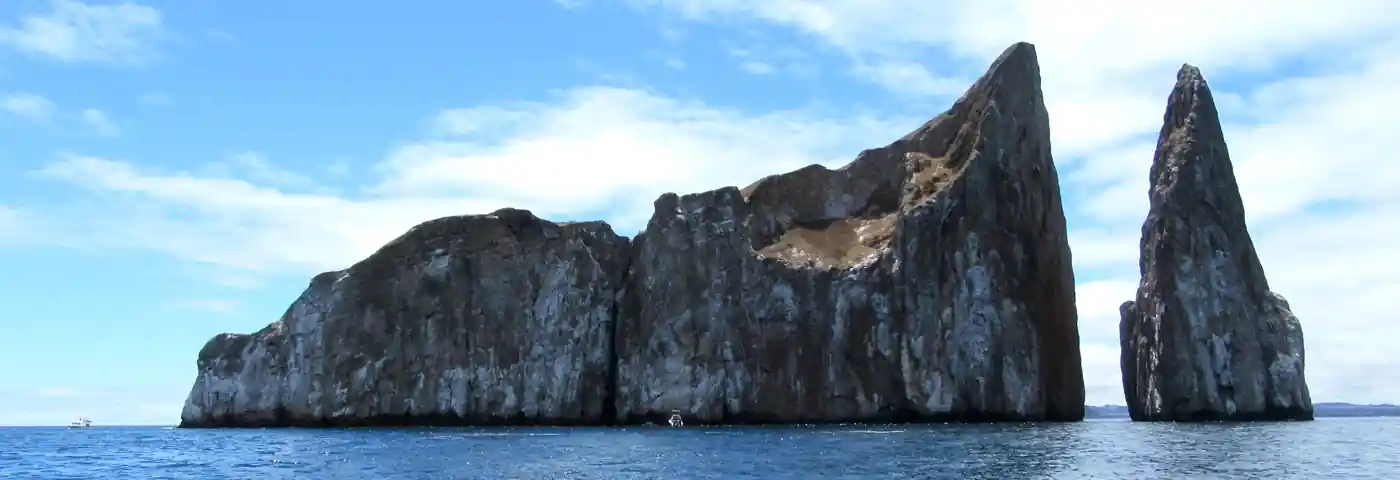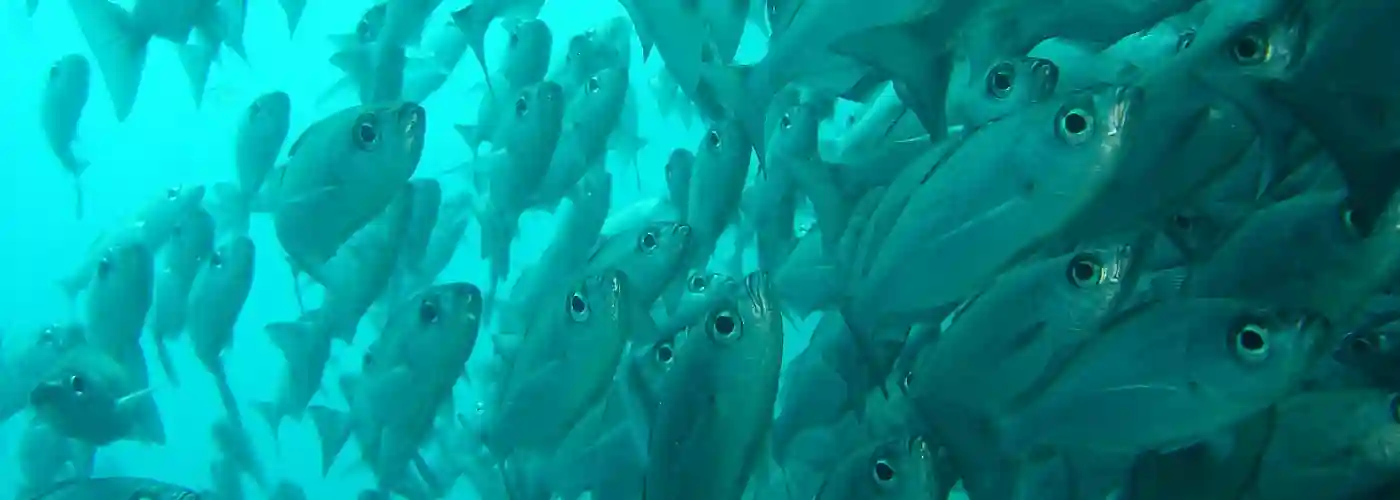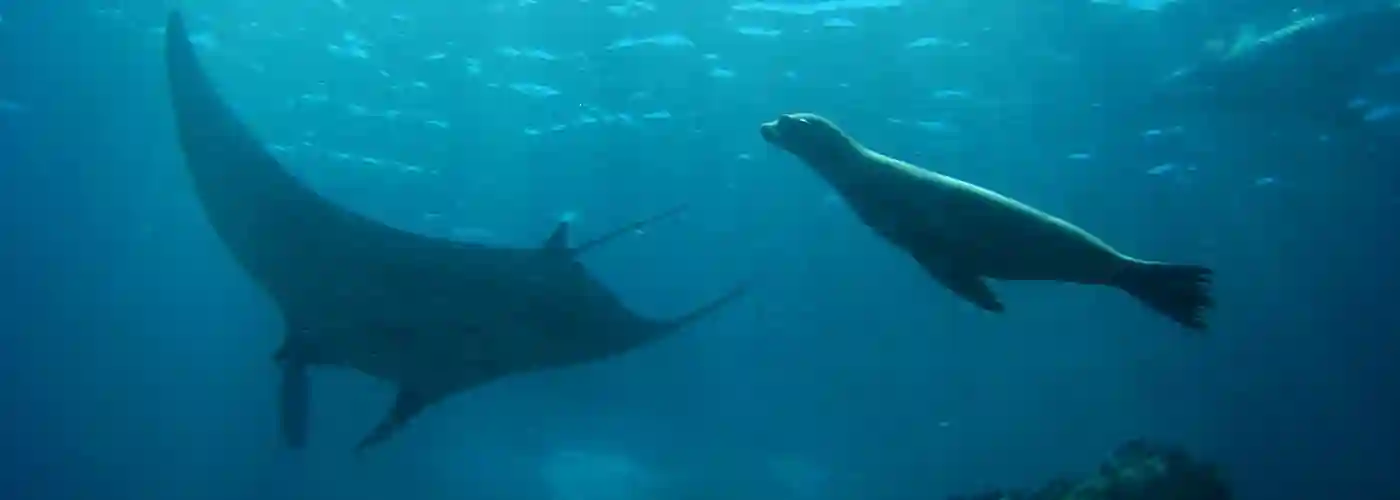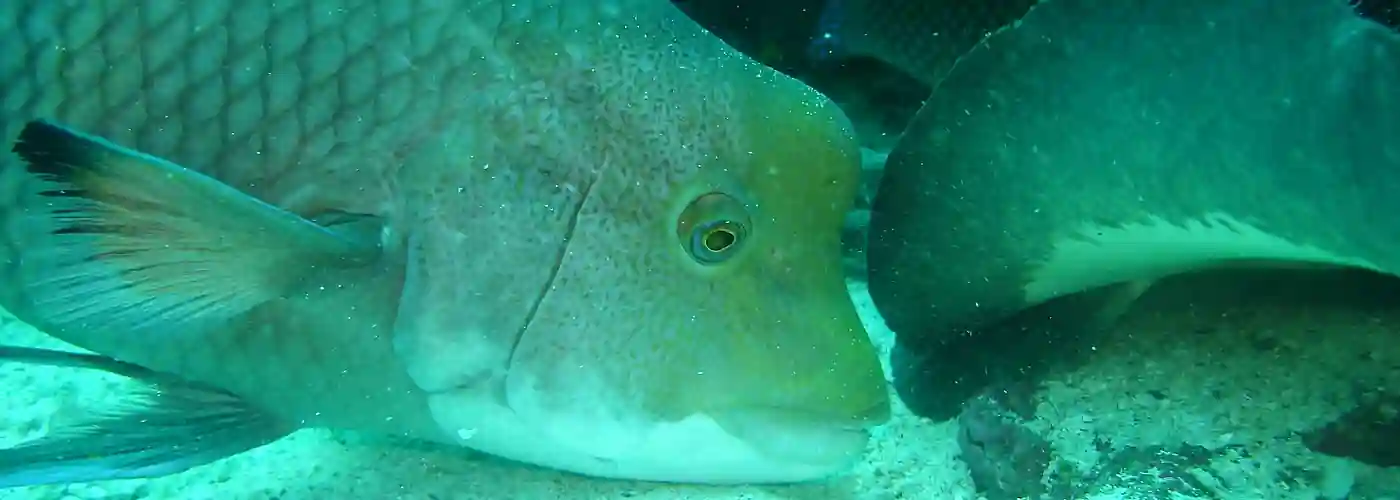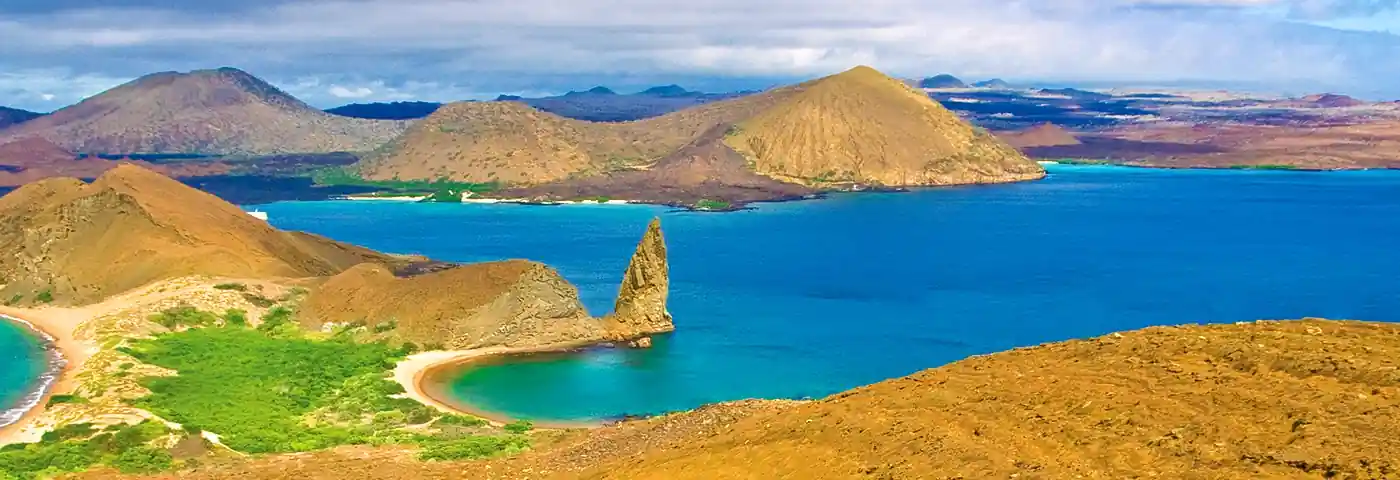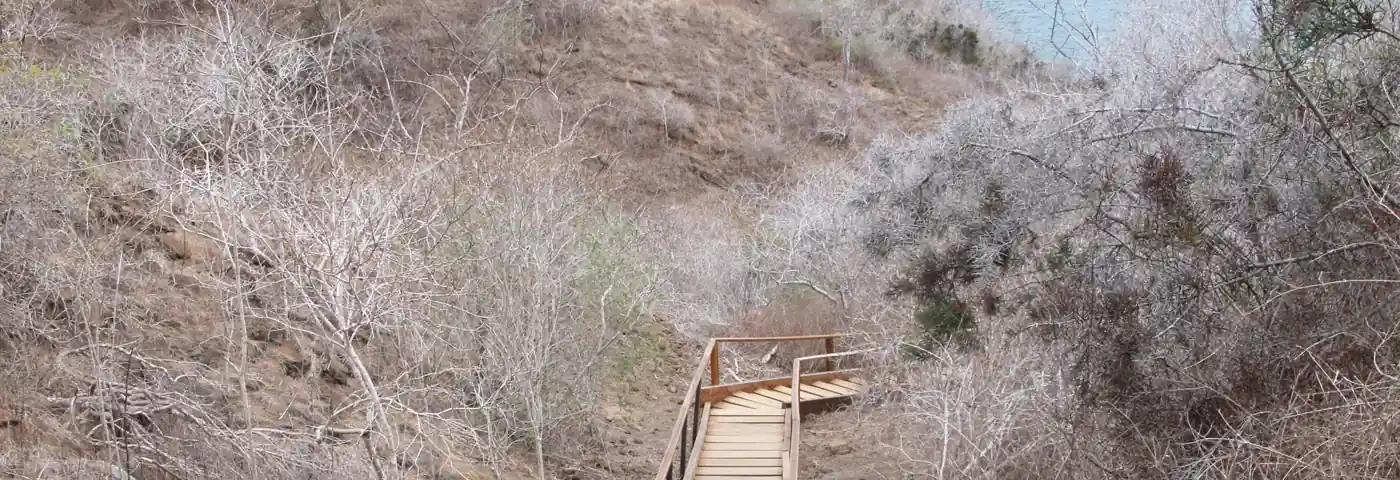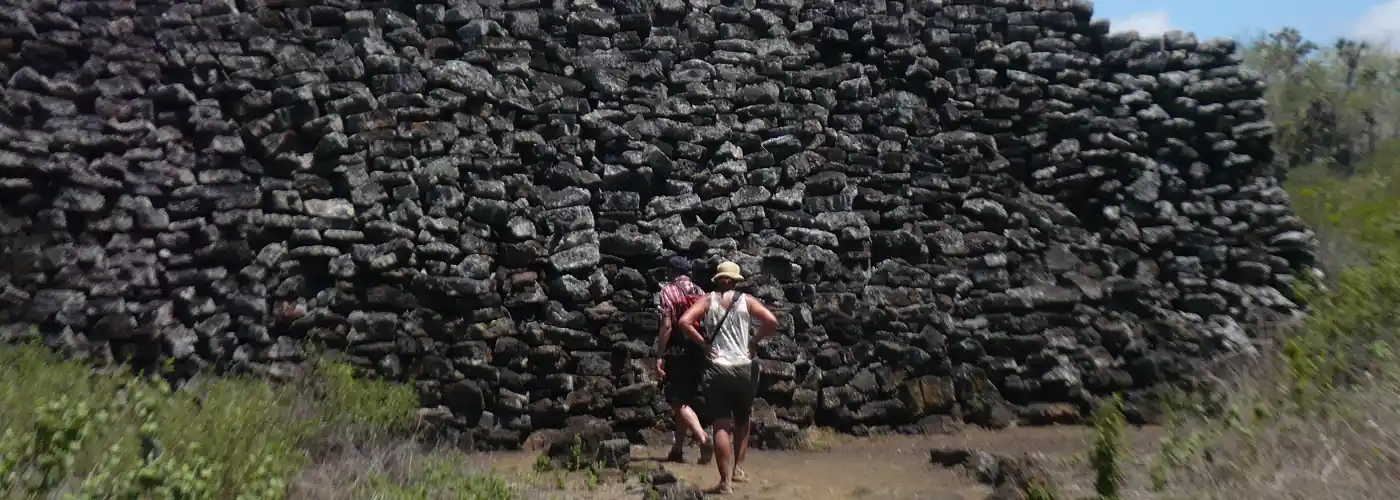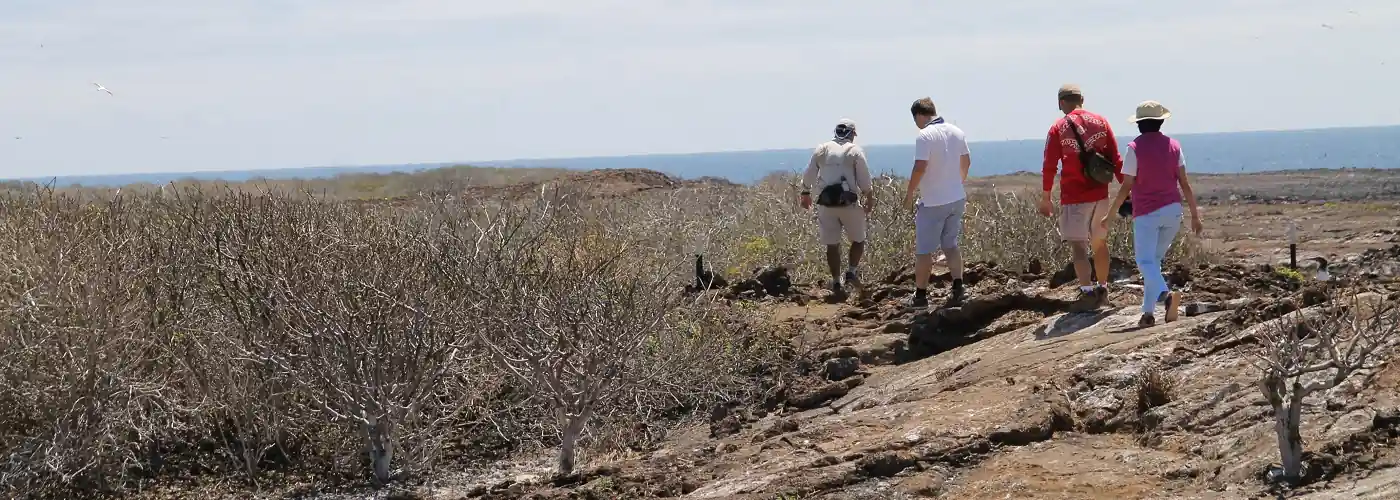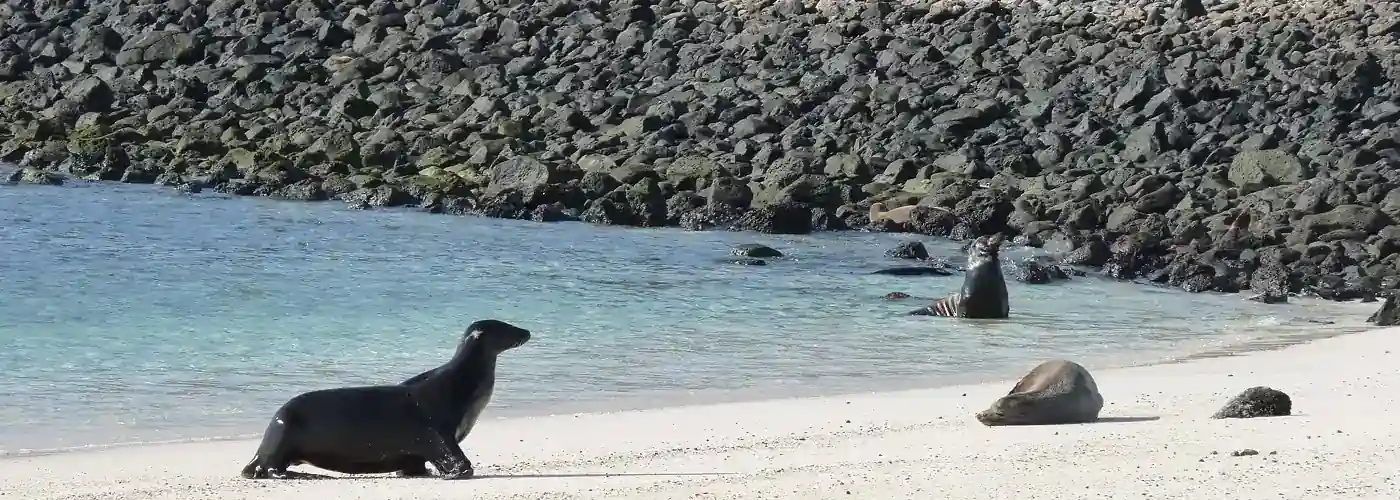8 days cruise yacht Aida Maria – A
Route A (Sun - Sun): central and southern Galapagos Islands
- 8 days
- 1-16
Highlights of the tour
- Giant tortoises in their natural habitat
- Mangrove forests
- Galapagos Albatross (March - December)
- Walks between pioneer plants
Overview
Let the yacht Aida Maria take you to the Galapagos Islands. During this 8-day exciting cruise you will get to know the flora and fauna of the islands and learn interesting facts about their protection and history.
You’ll take exciting hikes through diverse nature, enjoy spectacular views, and have your naturalist guide explain the islands to you.
Blue-footed and red-footed boobies are just a few of the species you are likely to see.
In addition to the exciting excursions, there is still plenty of time for snorkeling, swimming or just relaxing.
On the yacht you can make yourself comfortable in your cabin, on the sun deck or at the bar and have delicious meals.
Itinerary
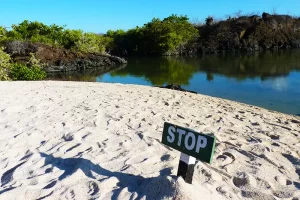 Morning – Arrival at Baltra Airport. At the mainland airport, you have purchased your TCC or Ingala card and a luggage inspection has already been conducted to ensure that no foreign plant or animal species are introduced. Upon your arrival at Seymour Ecological airport, your TCC (Transit Control Card) will be stamped. This must be kept in a safe place during your trip, as it must be presented again on your return flight. In addition, the Galapagos National Park entrance fee is due upon entry (US$200), if not already paid. Your guide will meet you at the airport, help you with your luggage, and will accompany you on the short bus ride to the port. Here you will board the yacht. After greeting the crew and captain, you will be assigned your cabins and then have your first lunch together.
Morning – Arrival at Baltra Airport. At the mainland airport, you have purchased your TCC or Ingala card and a luggage inspection has already been conducted to ensure that no foreign plant or animal species are introduced. Upon your arrival at Seymour Ecological airport, your TCC (Transit Control Card) will be stamped. This must be kept in a safe place during your trip, as it must be presented again on your return flight. In addition, the Galapagos National Park entrance fee is due upon entry (US$200), if not already paid. Your guide will meet you at the airport, help you with your luggage, and will accompany you on the short bus ride to the port. Here you will board the yacht. After greeting the crew and captain, you will be assigned your cabins and then have your first lunch together.
Afternoon – Bachas (Santa Cruz). These two small beaches are located to the west of Turtle Bay on Santa Cruz. Their sand is made of mined corals, which make it white and soft. This makes it a favorite nesting spot for sea turtles. Behind one of the beaches is a smaller water lagoon where you can seasonally see flamingos or other shorebirds, as well as American Stilt and Rainbows. On the second, wider beach, you’ll explore the remains of two abandoned warships. These were abandoned by the U.S. during World War II, when Baltra was used as a strategic base to protect the Panama Canal.
Meals: Lunch / Dinner
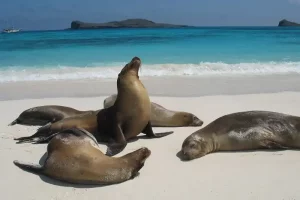
Afternoon – Prince Philip’s Steps (also called El Barranco. )In the afternoon you will continue sailing to Prince Philip’s Steps, one of the two visitor points on Genovesa Island. Sometimes Galápagos fur seals rest on the rocky ledges. After climbing the steep stone steps, you will take a guided walk where you will see many different birds such as red-footed and blue-footed boobies. The red-footed boobies are almost only seen on Genovesa and nest in the palo santo trees. The bushes on the edge to the ocean side are loosening up, and you can enjoy the incredible view and the ocean breeze. Continuing on, you will pass by a colony of Nazca boobies and eventually reach nests of storm petrels, where, if you are lucky, you can also see the short-eared owl hunting.
Meals: Breakfast / Lunch / Dinner
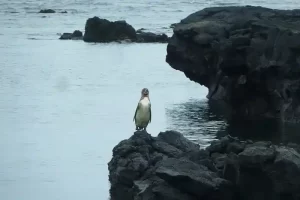
Meals: Breakfast / Lunch / Dinner
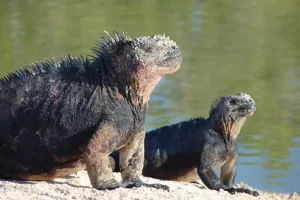
Afternoon – Dragon Hill. On Dragon Hill there are two main species that are most likely to be seen on any visit to the Galapagos, although not spread too widely across the islands: Galapagos land iguanas and American flamingos. They climb a hill with huge Opuntia cacti where these “dragons” feed and breed. Despite being quite shy and elusive, you have a fair chance to see the success of this project with your own eyes. The short trail crosses the coastal vegetation zone as well as the slightly higher dry zone with endangered tropical dry forest. In the warm and humid season in the first half of the year, everything turns green. Evergreen giant cactus prickly pears with internal reservoirs chose a different survival tactic in this dry climate than the leaf-dropping palo santo trees; in the end, both were successful. It’s also a very photogenic place, with stunning panoramas across the bay and onto a fascinating, steep volcanic spout of red lava that overlooks the area. Dragon Hill has become popular for its salty lagoons behind the beach; these contain seaweed and shrimp and attract seasonal foraging American flamingos. Dragon Hill is the best place on Santa Cruz to see them.
Meals: Breakfast / Lunch / Dinner
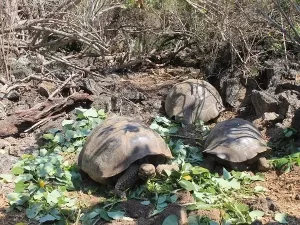
Meals: Breakfast / Lunch / Dinner

Afternoon – Cormorant Point, Devil’s Crown. The peninsula of Cormorant Point forms the northern cape of Floreana, formed by a series of smaller volcanic cones covered with tropical dry forest (palo santo). The green sand on the beach at the site contains a high percentage of glassy olivine crystals that were blown out by the surrounding tuff cones. The ‘flour sand’ beach on the south side of the peninsula consists of even whiter coral sand that feels very smooth on the feet. Parrotfish have provided pulverization by grinding up calcium-bearing skeletons of still-living corals. You may spot swarms of stingrays that like to bury themselves in the sandy bottom. During the first months of the year, green sea turtles come ashore to bury their eggs. Devil’s Crown is probably one of the best places to snorkel on the Galapagos Islands. Here you can observe an incredible variety of marine life.
Meals: Breakfast / Lunch / Dinner
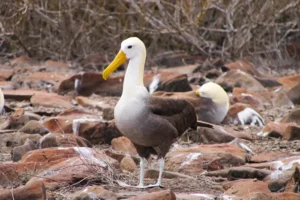
Afternoon – Gardner Bay. On the northeastern coast of Española Island, Gardner Bay offers a wonderful place to refresh in the turquoise sea and marvel at the large number of colorful reef fish. Snorkel side by side with green sea turtles or enjoy the proximity of playful Galápagos sea lions. The white sand beach is additionally an important breeding ground for green sea turtles. You may also spot whales in the crystal clear ocean. Afterward, you will continue to Osborn Islet where you will have wonderful opportunities for snorkeling and swimming.
Meals: Breakfast / Lunch / Dinner
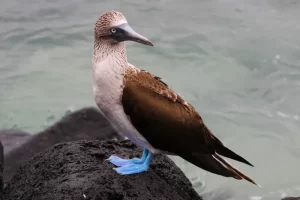
Meals: Breakfast
- Included services
- Accommodation on board in a cabin with private bathroom
- All meals, water, coffee and tea
- All excursions as indicated in the itinerary (subject to change) with bilingual naturalist guide (English-Spanish)
- Airport transfers in Galapagos (only guaranteed if the flight is booked together with the cruise)
- Snorkeling equipment (mask, fins and snorkel)
- Towels for bathroom and beach
- Not included services
- International flight and Galapagos flight
- Entrance fee to Galapagos National Park ( US$ 200 per person, subject to change)
- Transit control card ( US$ 20 per person, subject to change)
- Airport transfers in Galapagos (if the flight is not booked together with the cruise)
- Wetsuit
- Soft and alcoholic drinks
- Tips
- Travel insurance and other personal expenses
Hints
Ask us for children or group discount.
Price not valid for Christmas and New Years´s Eve departures.
All prices are subject to change if local tax increases or other circumstances beyond our control occur.
The itinerary is subject to change at any time due to circumstances beyond our control.
In order to rent a wetsuit, we will need your clothing size (S/M/L/XL) before your arrival in Galapagos. Standard wetsuits with a thickness of 3 mm are rented.
Travel Insurance:
To protect your travel investment, we highly recommend the purchase of travel insurance. Travel insurance is intended to cover medical expenses, trip interruption and cancellation, theft and other losses incurred while traveling domestically or internationally.
Visa and Entry Requirements:
Ecuador requires a valid passport (with a minimum 6 months validity). Contact your local embassy or consulate for the most up-to-date visa requirements.
8 days cruise yacht Aida Maria – A
From US$ 2960 p.p.
Get in touch:

Dayana Arias Leon
- +593 (0)2 2194333
- hello@soleq.travel
Other interesting cruises
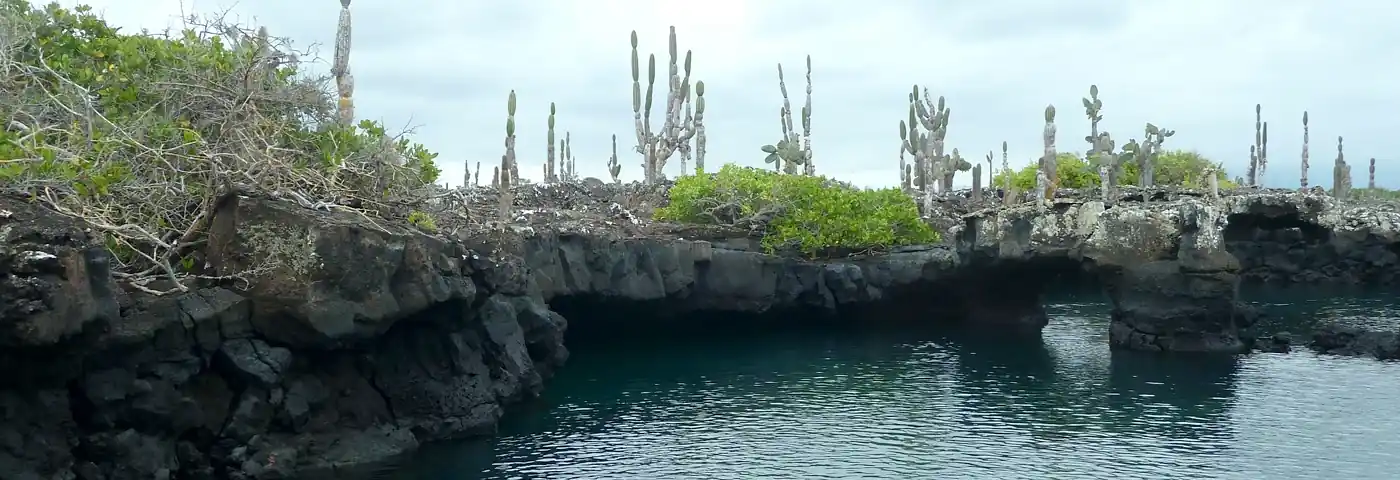

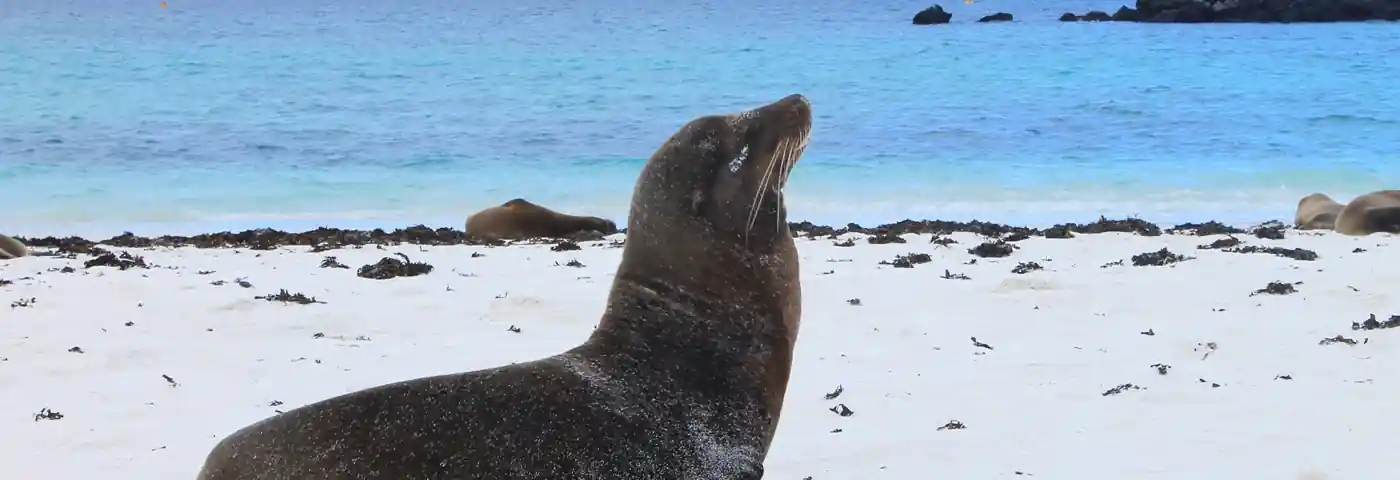


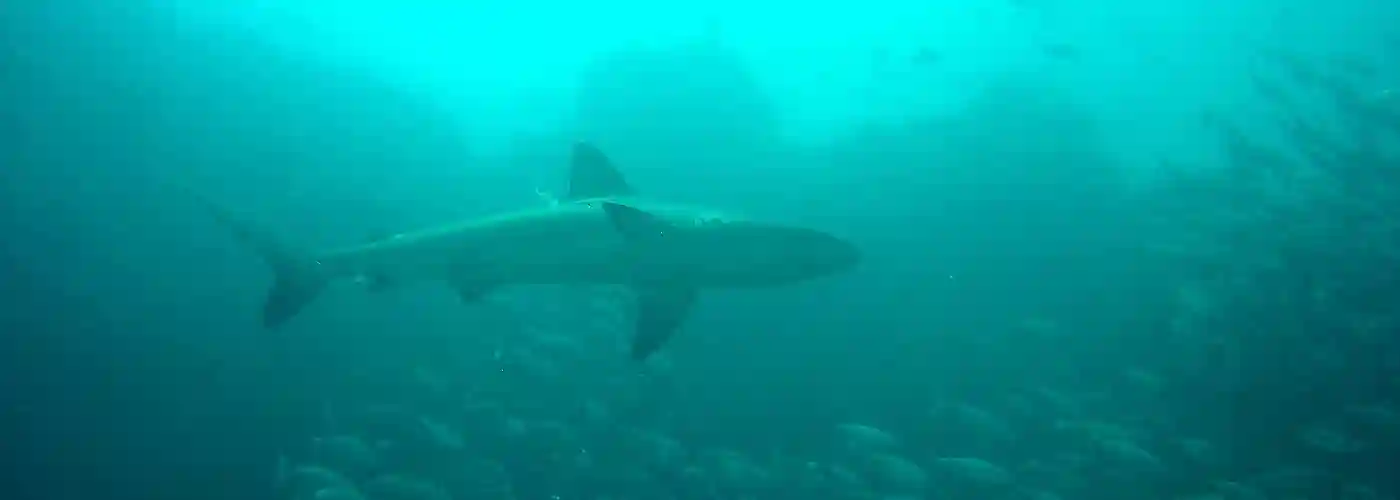
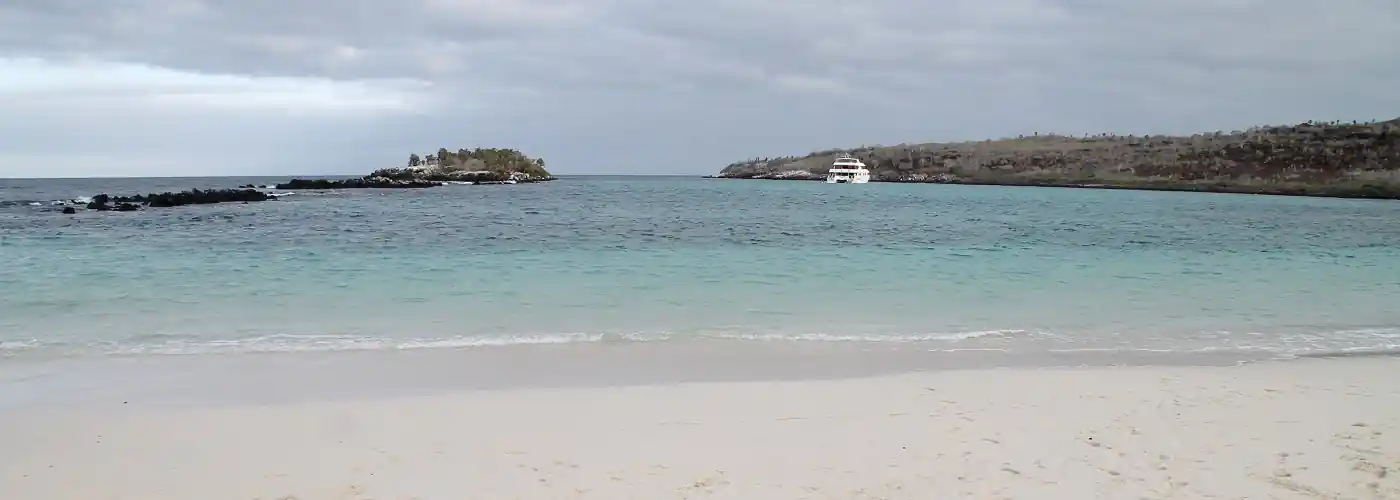
- 8 days
